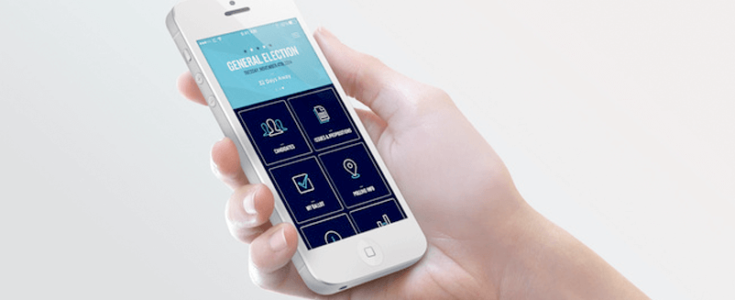

Wearable Technologies have recently been taking the spotlight away from personal smartphones. After bursting onto the scene a few years ago, their mission to become man’s most intimate device still continues to rage on. Wearable devices have created a new screen on which to access applications and enable simplicity in the life of the user. App integration with the mobile ecosystem at large will be expected. In order to meet and exceed expectations, testing must be made the cornerstone of the process.
The Wearable Technology ecosystem is vast and is comprised of software and hardware components. To win the hearts and minds of the early adopters, a wearable must have flawless integration between the device and app, as well as other apps. This growing space allows for opportunities for both OEM and developers alike.
Examples of the wearable industry illustrate how pervasive and indispensable they have already become. Fitness trackers are amongst the most popular and widely used wearable. There are a variety of players within this field, the Nike Fuelband and FitBit being amongst the most prevalent. Fitness brands are all jumping on the wearable rocket ship as it is guaranteed to increase their own brand awareness. Their corresponding applications that receive the data input from the device are applications on smartphones, tablets or desktop computers. Smart Watches are on their way to becoming a partner of the smart phone and other connected wearable devices. They serve as a sort of command center. Google Glass is the first of its kind to enable connectivity through a relatively mundane but critical item. It works by displaying information on a small screen, giving the user a thoroughly augmented reality. These are just a few popular examples and I expect more devices to gain spotlight as they mature.
With the deep integration of wearables in each user’s life, constant use is to be expected. An application has to work perfectly through variable, innumerable situations. The only way to ensure that the application can handle any situation it is subjected to is to test it thoroughly. The many platforms, variable screen size, form factors and hardware components make this a challenge The device and its companion apps must function within the connected ecosystem well. The importance of having a great user experience and functionality cannot be understated. Having a bad experience with a wearable has more dire consequences when compared to a bad experience with an application. A negative experience with a wearable can lead to abandonment, negative word of mouth, and can lead to significantly less popularity.
Bottom line, companies that focus on quality will earn the loyalty of users. Ensuring the highest quality product is the cornerstone of a brand. Engineer an idea that will change the world, but don’t forget to ensure quality.
Quality = Loyalty
One of the most exciting areas in tech right now promises to be “the most personal” ever. A key aspect of making wearable devices like the Apple Watch personal is through...
Here is a thought: With the UK General Election having just finished, could the next one in 2020 be the first to use a mobile app to allow people to vote? The polling...
Today, consumers are digitally native. Their first step to receiving and sending information is through personal devices. They are the owners and catalyst of each decision they...